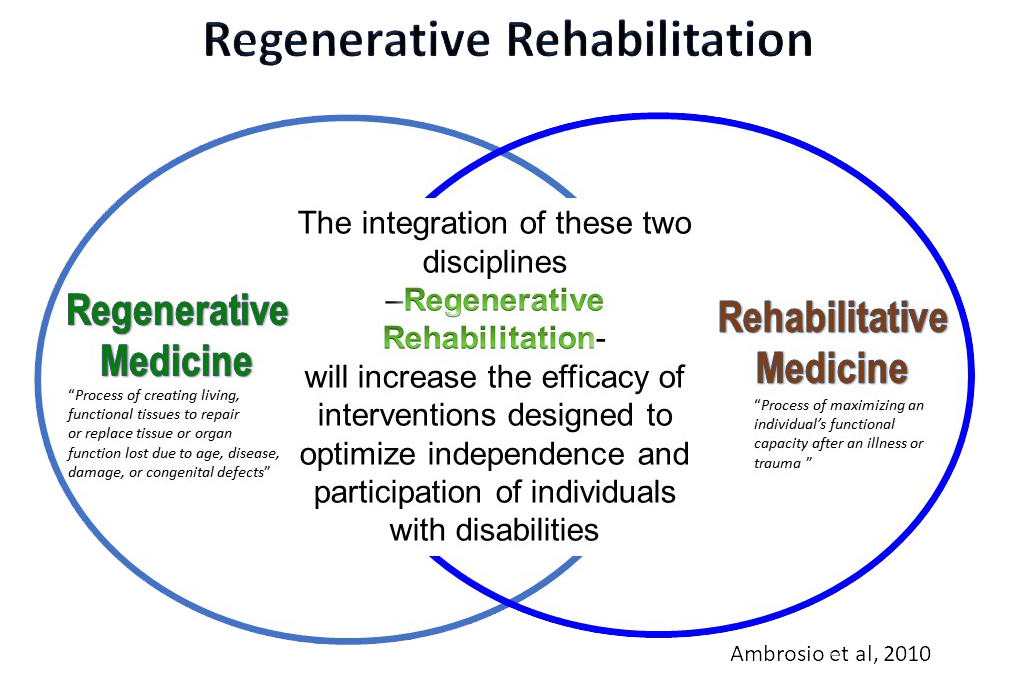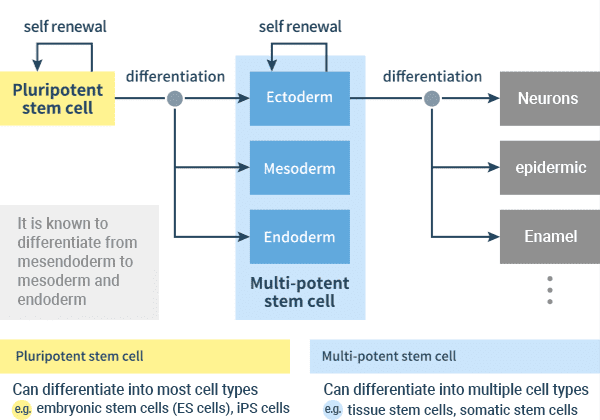Table of Contents

[/image][=video]
[/video]
Viscosupplementation: Shot of hyaluronic acid right into intra-articular room can bring back the thickness and elasticity of osteoarthritic synovial fluid. HA plays an important duty in shock absorption, lubrication, and the visco-elastic nature of the synovial fluid. Prolotherapy: Prolotherapy is the shot of a service to rehabilitate an inexperienced structure and promote sclerosis at the shot website.
Even more than one treatment session might be required before outcomes are felt and, similar to any treatment, results are not guaranteed. A stem cell does not serve a particular bodily feature, but it can become a cell that does, such as a cartilage cell or a tendon cell. Physicians who utilize stem cell therapy think that, when positioned into a particular atmosphere, stem cells can transform to satisfy a specific demand.
PRP can be infused or used to the damaged area throughout a surgery See PRP Therapy for Chronic Ligament Injuries To make PRP, blood is taken from the client and after that processedoften using a centrifugeto develop a concentrated remedy of platelets and plasma (PRP). See Platelet-Rich Plasma Shot Treatment: All PRP is not the very same.
Swelling raises blood flow and brings in cellsgranulocytes, monocytes, macrophages and fibroblaststhat can fix and recover damaged cells. Throughout prolotherapy, a doctor injects an irritant into the injured area, which briefly increases swelling.
Regenerative Therapy

Prolotherapy in some cases uses PRP as an irritant, yet prolotherapy is not necessarily a cellular therapy. The most frequently made use of irritant is dextrose, a basic sugar. Materials such as glycerine or saline might additionally be used.: Compared to various other regenerative medicine therapies, such as stem cell and PRP shots, there is not a lot of scientific research concerning prolotherapy and its efficiency.
Various methods might be utilized to try to fix cartilage, consisting of however not restricted to: Making small cuts or abrasions in the bone straight listed below the cartilage injury. The goal is that the blood from the damaged bone will certainly assist in brand-new cartilage material cell development. Transplanting cartilage from one more part of the patient's body, a donor, or animal.
Regenerative medicine looks for to change tissue or organs that have been damaged by age, condition, trauma, or congenital issues, vs. the current medical approach that concentrates largely on treating the symptoms. The tools used to understand these results are tissue design, cellular treatments, and medical tools and man-made organs. Mixes of these strategies can magnify our all-natural healing procedure in the areas it is needed most, or take over the feature of a permanently harmed body organ.
When injured or attacked by illness, our bodies have the natural response to recover and protect. Suppose it was feasible to harness the power of the body to heal and after that increase it in a clinically relevant method? Suppose we could assist the body heal far better? The promising area of regenerative medicine is working to recover structure and feature of damaged tissues and body organs.
Menopause Therapy
The objective of this approach is to establish transformative medical care services that will potentially heal previously untreatable injuries and conditions. Tissue engineering is a method where biologically suitable scaffolds are implanted in the body at the website where new tissue is to be formed. If the scaffold remains in the geometric shape of the cells that requires to be generated, and the scaffold draws in cells the result is new tissue in the form desired.

Millions of clients have been treated with some type of tissue engineered gadgets, yet the field is in its infancy. Many millions of adult stem cells are discovered in every human.
To find out more about several of the encouraging researches and clinical trials involving cellular treatments, visit this site. In instances where an organ falls short, the predominant scientific technique is to transplant a substitute body organ from a donor. The principal difficulties are the accessibility of donor organs, and the need that the contributor take immunosuppression drugswhich have adverse effects.
Hormone Therapy
Regenerative medication covers a vast array of disciplines in medication, biology, engineering, and various other areas of scientific research study. While there are only a limited number of accepted regenerative medicine therapies for patients now, several possible therapies remain in medical tests, or will certainly be soon. These definitions are intended to help you comprehend terms you might hear as regenerative medicine comes to be a prevalent subject of conversation.
Biomaterials is a significantly advanced innovation that mixes principles of engineering and biology to drive exploration and testing of therapies. The term generally refers to products that are created for the purposes of engaging with living cells, tissues, organ, and systems. Biomaterials can be derived from natural resources, like proteins or sugars, or from synthetic substances, like polymers, metals, or plastic.
One popular classification of biomaterials, referred to as hydrogels, are water-based structures with adjustable residential properties to house cells in 3D areas that mimic problems in living cells. Next-generation biomaterials can be modified in real-time to guide just how cells operate in 3D space. Illness modeling is the use of animals, stem cells, and engineered tools to study human diseases without the requirement for human subjects.
Stem Cell Therapy servicing Walker, Michigan
Diet plan, lifestyle, exposure to sunshine, and aging are all variables that can trigger epigenetic modifications. In the area of regenerative medication, researchers research exactly how epigenetic modifications add to disease-causing anomalies. In one examination, ISCRM scientists belong to an effort to establish a genetics therapy to help young boys and canines with an unusual muscle condition to stroll and prosper.
Navigation
Latest Posts
Hormone Therapy
Perimenopause Treatment
Menopause Therapy